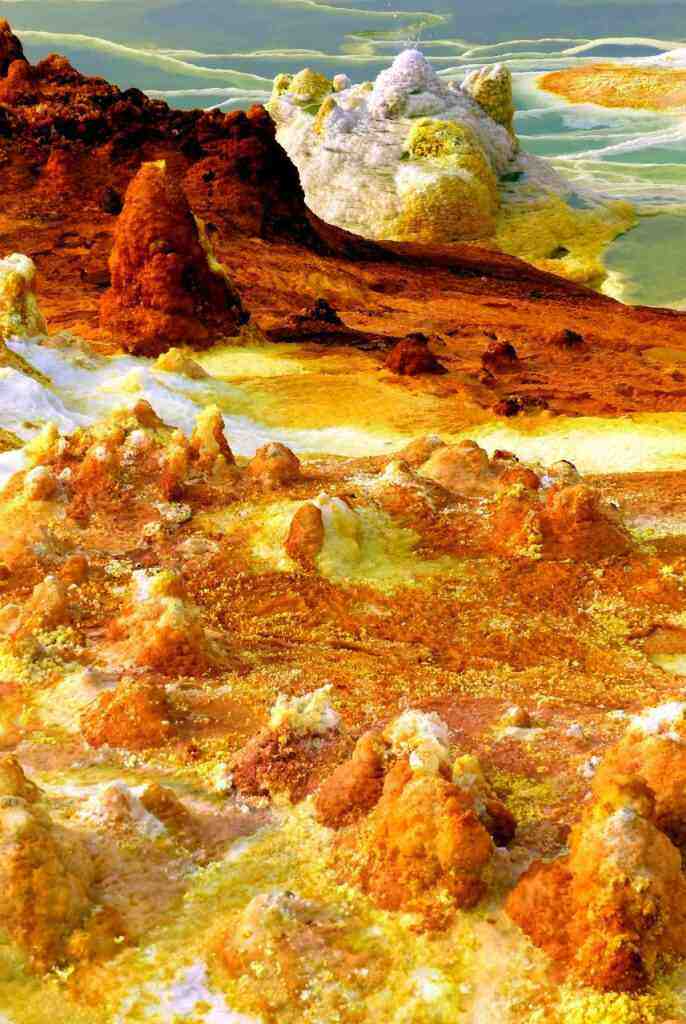The Enigmatic Denali Volcanic Gap: Unveiling the Secrets Beneath Alaska’s Highest Peak
Introduction
For decades, the absence of volcanoes in the vicinity of North America’s highest mountain, Denali, has puzzled scientists. Despite favorable conditions for volcanic activity, such as the collision of tectonic plates and the presence of magma beneath the surface, the region known as the “Denali Volcanic Gap” remains devoid of active volcanoes. In a recent study, researchers stumbled upon a potential explanation for this anomaly, uncovering a hidden reservoir of molten rock beneath the Alaskan wilderness.
The Discovery
While conducting seismic surveys in search of something else, a team led by Carl Tape, a seismologist at the University of Alaska Fairbanks Geophysical Institute, detected an unusual slowdown in seismic waves beneath the Buzzard Creek maars, two vegetated craters located northeast of Healy, Alaska. This slowdown suggested the presence of a large body of molten rock, or magma, approximately 7 miles beneath the surface.
The Buzzard Creek Maars and the Volcanic Gap
The Buzzard Creek maars are remnants of ancient volcanic activity that occurred about 3,000 years ago when molten rock rose to the water table and caused explosive eruptions. Geologists have identified rocks in the area with chemical signatures similar to those found in Aleutian volcanoes, further supporting the volcanic history of the region.
The Denali Volcanic Gap, which extends from Mount Spurr across Cook Inlet from Anchorage to the Wrangell Mountains in eastern Alaska, is a puzzling phenomenon. Volcanic activity associated with the Aleutian Islands appears to cease at Mount Spurr, even though the geological conditions in the Alaska Range, including Denali, are conducive to volcanism.
The Significance of the Magma Reservoir
The discovery of the magma reservoir beneath the Buzzard Creek maars sheds new light on the volcanic potential of the Denali region. It suggests that the necessary ingredients for volcanic activity are present, but for reasons yet unknown, have not manifested in the form of active volcanoes.
Understanding the nature and behavior of this hidden magma reservoir could help scientists unravel the mystery of the Denali Volcanic Gap and provide insights into the complex geological processes that shape the region.
Future Research Directions
To further investigate the magma reservoir and its implications for the Denali Volcanic Gap, scientists plan to conduct additional seismic studies, including deploying more instruments directly above the reservoir. This will provide valuable data to characterize the size, depth, and composition of the magma body and assess its potential for future volcanic activity.
Understanding the dynamics of the magma reservoir and its relationship to the surrounding geological structures could shed light on the factors that have prevented volcanism in the Denali region. This knowledge could contribute to more accurate volcanic hazard assessments and improve our understanding of the geological evolution of Alaska’s highest peak.
Conclusion
The discovery of the magma reservoir beneath the Buzzard Creek maars has opened up new avenues for research into the enigmatic Denali Volcanic Gap. By unraveling the secrets of this hidden magma body, scientists hope to gain a better understanding of the region’s volcanic potential and contribute to a more comprehensive understanding of Alaska’s geological history.
This captivating discovery offers a glimpse into the Earth’s dynamic processes and underscores the importance of ongoing scientific exploration to unlock the mysteries of our planet. As researchers continue to delve into the secrets of the Denali Volcanic Gap, we can look forward to new insights into the forces that shape our world.
